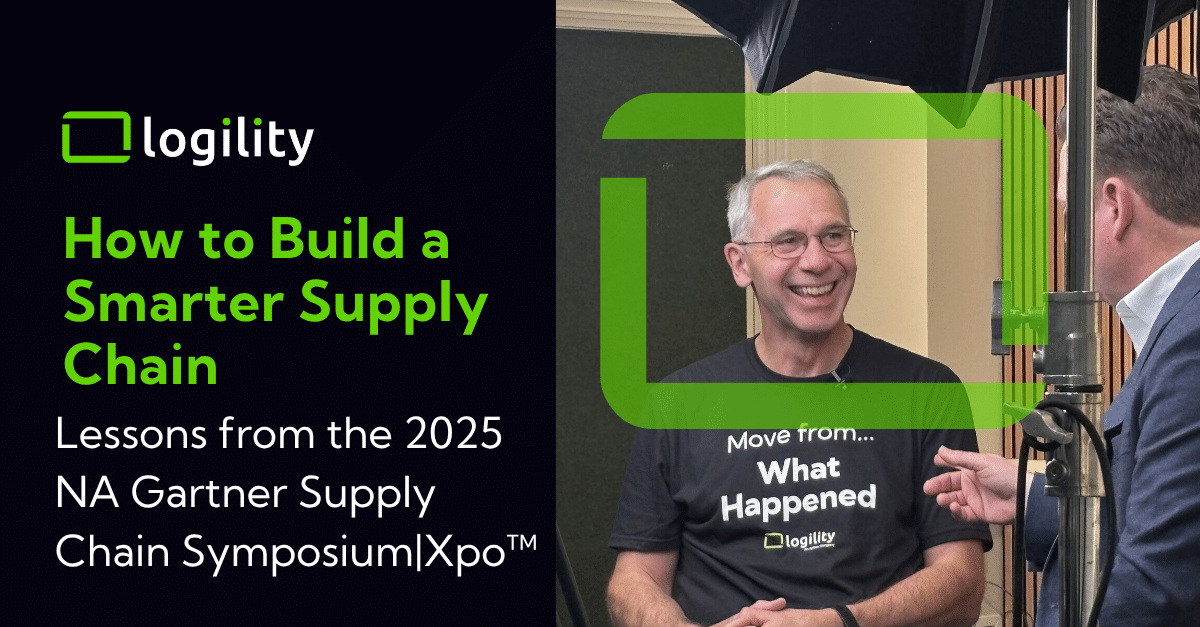
How to properly optimize your logistics network with network design.
The Challenge
Modern business means fast distribution. Amazon is not the only company driven to one- and two-day delivery; all industries are headed to shorter service windows. This means more distribution points, closer to your customers.
Now, supply chain leaders are caught between a cost versus service crunch. This is where network design helps lay out a future network with all the cost and service tradeoffs. However, there is a problem — traditional network design tools struggle with unknowns. Answering this simple question, “Where should my next distribution center be located?” is difficult.
In the world of optimization this is known as an “infinite space” problem — this future distribution center can be placed anywhere. It would be impossible to test every inch of a continent to find the truly optimal location, but choosing a suboptimal location can lock in a network that will run at 2–10% inefficiency.
For the last three decades, analysts have used stopgap measures to narrow down the search area, the two classic being 1) guessing at locations (the pin-in-the-map method); and 2) using a purely mathematical technique called center of gravity analysis. These lead to the wrong answer.

Why Does Center of Gravity Analysis Fail?
Everyone loves center of gravity (COG) because it is easy and makes sense. COG looks very logical and orderly on a map. The centers of distribution are evenly spaced and the distribution lines to nodes have a nice, even radius to delivery points. But this is not the least cost solution — it is an illusion. Center of gravity has three failure points:
1. Minimizing straight line distances is not the same thing as minimizing costs or even service times.
2. Inbound distribution costs get ignored or poorly estimated.
3. The actual locations have cost impacts such as high lease and/or labor rates vs. another location.
I am going to add a fourth to this — a center of gravity analysis can return a nonsensical solution such as identifying the top of a mountain as the optimum location. More on that in this interactive model.
Why Do Traditional Network Design Tools Fail?
Traditional network design tools are very literal, in my experience. Users must specify exactly all the possible distribution locations that can be chosen. A user cannot enter “anywhere” into these standard tools. They must input actual locations to consider — sometimes these locations are determined using center of gravity analysis, sometimes they are determined by simply looking at a map.
Once an origin is picked, modelers needs to data mine for all the costs, times, and distances associated with each candidate to every delivery point. Ten candidates that can service 5,000 customers means the transportation table must contain 50,000 rows of statistically consistent data. Getting more specific means geometrically more data.
Not only is this model difficult to build, but the candidate list is also both limited and subject to error. This is where the 2–10% of excessive costs get incurred.
Is All Hope Lost?
There is hope! Modelers need to use technology that can properly solve a true greenfield solution. A good solution has these four characteristics:
1. The solution must return a rational set of locations for a facility.
2. The data needs to generate hundreds of thousands of actual market rates and true driving times.
3. Inbound sourcing costs and constraints need to be part of the objective function.
4. The solution should account for actual location variable costs such as labor, real estate, taxes, and other geographical factors.
Logility’s network optimization solution does just this, and we call it “true greenfield” because of the completeness of the analysis and lack of bias in the results.
Explore Logility’s true greenfield analysis vs. traditional center of gravity analysis.
How Does Logility Perform True Greenfield Optimization?
Returning Feasible Locations
Logility’s network optimization solution considers only candidate locations that make sense. This list of candidates is not infinite, but think large scale — thousands of candidates, not the five, 10, or 20 that you might determine with a typical approach. The solution employs its powerful data model and geo-logic to create a list of viable locations that can serve as warehouses or other types of facilities. It will then zero in on the best set of these depending on user-set parameters. This candidate list is used to fully analyze a real network based on real locations, with real addresses.
Applying freight rates that reflect the market and actual driving distances
Market FTL costs are highly directional and vary with distance — outbound from ports like Los Angeles are more expensive than inbound, and long hauls are cheaper per mile than short hauls. LTL and Parcel rates that follow zones step up as an origin gets farther from its destination and these zones are only loosely associated with distance. Logility’s reference data effectively captures the real-world nuances of these specific modes. Rather than relying on large tables for every possible combination of facility to customer site, the Logility solution looks up rates based on geography. In this way, a rate can be attained for any origin and destination, and this rate will be a true market value.
Consider inbound sourcing costs and constraints
Inbound freight has a significant impact on the best facility location — inbound costs can be one-third of the total freight spend. And more importantly, constraints and other upstream facility limitations might seriously alter possible flows of material. The Logility solution builds a complete model including true inbound costs and applying multiple tiers of capacity and capability.
Include geographical factors such as labor and real estate costs
Labor, real estate, and other geographically driven costs are important costs in greenfield site selection. Again, Logility uses reference data that can capture these costs, apply them to the optimization function and return a truly “total landed cost” solution.
True greenfield is the ability to take an “infinite space” (aka impossible) solution and return a rational solution that is optimized across cost and service goals.
To Conclude
The classic technique of solving for an outbound center of gravity and then optimizing the network will lead to bias and error. Also, it will take a lot of analyst time. Logility’s network optimization solution will find the best number and location of distribution points for your organization and your customers. And your people can get results faster.
Additional reading: Why It’s Time to Turn Supply Chain Design into a Continuous, Strategic Process

Written by
Steve Johanson
SVP Industry Principal
Short bio
Steve Johanson is the SVP Industry Principal for network optimization at Logility, where he draws on 25 years of helping clients optimize their supply chains. Steve works with the Logility team to bring new and innovative solutions to the greater supply chain community and to help the client base build skills and knowledge to sustain competitive advantage.



